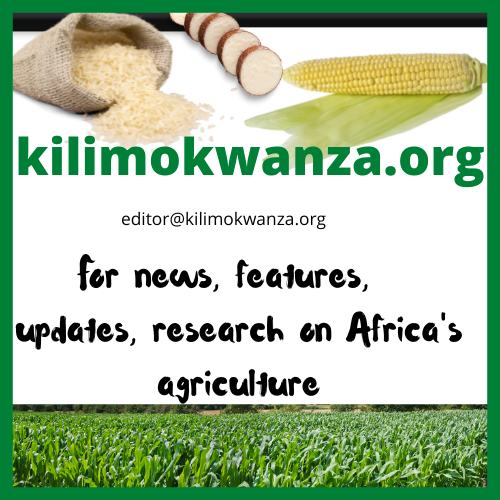There is Money in Basil Farming in Kenya: A Blossoming Green Gold
Linnet Muchoki
In the rolling hills and fertile plains of Kenya, a green revolution is taking root. Amidst a diverse array of crops, basil, with its alluring fragrance and versatile nature, is shining as a new star in the agricultural sector. This herb, celebrated for its aromatic leaves, has transcended its role as a mere culinary ingredient to become a symbol of economic opportunity for Kenyan farmers, tapping into the lucrative local and global markets.
The Lucrative Landscape of Basil Farming in Kenya
Climatic Advantage: Kenya’s climatic conditions are a boon for basil cultivation. The warm, tropical climate coupled with moderate rainfall provides the perfect setting for basil to flourish. This ideal environment ensures consistent and high-quality yields, making it a reliable crop for farmers.
Soaring Market Demand: The global appetite for basil is on the rise. Internationally, it’s a coveted herb in gourmet kitchens and upscale restaurants. Domestically, evolving culinary trends and a growing health consciousness are propelling its popularity. This surge in demand opens up expansive market possibilities for Kenyan growers.
Profitable Margins: When compared to traditional crops, basil stands out for its attractive profitability. Its cultivation requires relatively low maintenance while yielding high returns per acre. The herb’s brief growth cycle allows farmers to quickly reap its financial rewards, making it an appealing option for both seasoned and novice farmers.
Cultivating Success:
Groundwork for Growth: Success in basil farming begins with careful land preparation and planting. Fertile, well-drained soil is fundamental, and the slightly acidic to neutral pH of Kenyan soils is ideal for basil. Whether in open fields or containers, proper spacing is crucial for optimal growth.
Optimal Conditions for Thriving Crops: Basil demands about 6-8 hours of sunlight daily, along with consistent watering – a balance that Kenyan farmers have mastered. The preferred temperature range of 18°C to 30°C is commonly found in many Kenyan regions, enhancing its viability.
Navigating Challenges: Despite basil’s hardiness, it’s not immune to agricultural challenges. Pests like aphids and fungal diseases can pose threats. However, Kenyan farmers are increasingly adopting organic pest control and disease management strategies, promoting both crop health and environmental sustainability.
Harvesting Wealth: From Field to Market
Harvesting Practices: The harvest begins when the basil plants display 8-10 leaves, a stage where flavor and aroma are at their peak. Early morning harvests ensure the best quality, with regular picking stimulating further growth and yield.
Market Exploration: Success extends beyond the fields into the realms of marketing. Kenyan farmers are forging partnerships with local supermarkets, and hotels, and exploring lucrative export channels. These efforts are significantly enhancing their market reach and profit margins.
Value-Added Ventures: Diversification through value addition – like drying, oil extraction, or specialized packaging – is unlocking new revenue streams. Such initiatives are attracting a broader customer base and amplifying profitability.
A Future Ripe with Possibilities
Basil farming in Kenya is more than a transient trend; it’s a sustainable, economically viable agricultural practice with immense growth potential. It symbolizes a promising avenue for farmers to diversify their incomes and contribute substantially to the national economy. With strategic approaches and continued innovation, basil farming stands as a profitable and fulfilling pursuit in Kenya’s agricultural landscape.
